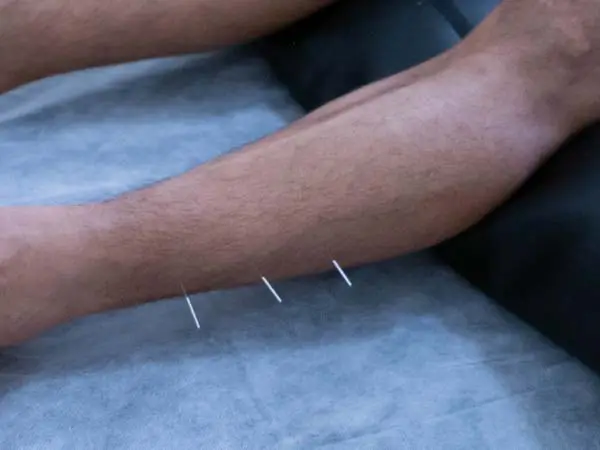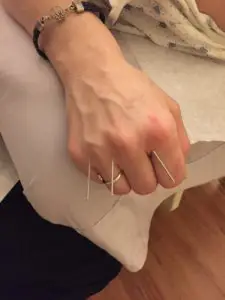What is sciatica?
Sciatica is a common condition that causes pain in the lower back, buttocks, and legs. It typically affects only one side of the body at a time. The most common cause of sciatica is compression or irritation of one or more of your spinal nerve roots, where they leave your spine. Sciatica can happen when something presses on the nerves as they exit your spine to go into your leg. Other possible causes include herniated discs, degenerative disc disease (DDD), spondylolisthesis, and piriformis syndrome. Acupuncture treatments excel at reducing symptoms associated with this condition, such as pain radiating down the leg, numbness, and tingling sensation in the foot and toes.






